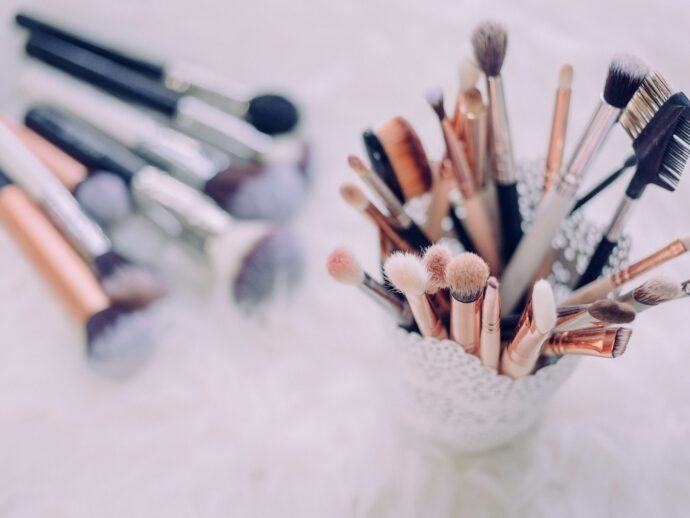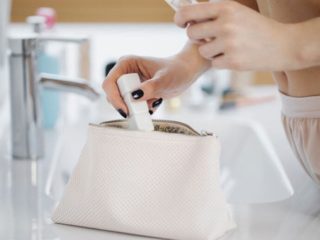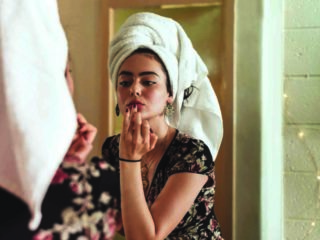Are There Bugs on Your Beauty Bag?

Beauty products including probiotics have become omnipresent in our natural health shop shelves of late. It is a burgeoning beauty fad that’s many people considering our own skin’s microbiome. However, while great skin germs are unquestionably worthy of our thought, we should not dismiss the damaging germs which could be lurking inside our attractiveness totes.
Cosmetic contamination is prevalent.
A current UK research in Aston University discovered that 79 to 90 percentage of utilized cosmetic products, such as lipstick, lip gloss, eyeliner, mascara, and attractiveness blenders, were infected with an assortment of potentially harmful microbes.
This may occur through an accident in the skin like a cut, scrape, or open tender.
Eye and lip gloss products are particularly about.
Eye stakes
The US Food and Drug Administration says that each and every year a lot of women develop eye ailments in their makeup. Unusual cases can cause temporary or permanent blindness.
Lip risks
Lip glosses and sticks possess the exceptional threat of oral ingestion also, since the mouth region can also be susceptible to flaking, cankers, and cold sores, penetration past the outer layers of skin. Preventing skin wounds and shedding older makeup are particularly significant with lip maintenance.
Microbes in cosmetics tools
We utilize our makeup brushes and sprays repeatedly, which makes contact with our skin’s microflora with every program. Beauty sponges have also repeated exposure to our hands in addition to our faces, which makes handwashing together with sponge washing necessary.
Nonetheless, in the Aston University research, attractiveness mixing sponges (utilized to employ skin base products) had the greatest levels of harmful germs. They also found that 93 percent hadn’t been washed, while 64 percent were dropped on the floor at a certain stage nevertheless continued to be utilized.
Keep them tidy.
Cleaning our attractiveness resources is an important field of defense. Wash makeup brushes per week with shampoo, massaging them until the water runs clean. Vinegar is a natural bactericidal using a huge microbiological spectrum.
Sponges (cosmetics blenders) ought to be washed after every use and lost every 3 months. After washing, make sure brushes and sponges are dried entirely; dampness encourages bacterial growth.
In the beauty counter
Brush and sponge cleanliness can be important when looking for cosmetics in beauty counters and lotions. One study which looked at germs in those areas saw Staphylococcus aureus on brushes and sponges, whereas 70 to 82 percent were infected with Pseudomonas aeruginosa. The most important reason for contamination was insistent use on clients without replacement or cleaning. Elect for single-use applicators to lower your skin’s vulnerability to such bugs.
Remember to refresh.
As time passes, product preservation may break down, enabling bacteria and parasites to grow. So, using old makeup is just another element that increases risk of disease. Regrettably, in a recent poll, nearly 98% of participants reported they use makeup following the expiration date, together with eye lashes the most often cited merchandise.
From the absence of recorded expiry or use-by dates, several experts suggest throwing off makeup after three to four weeks.



